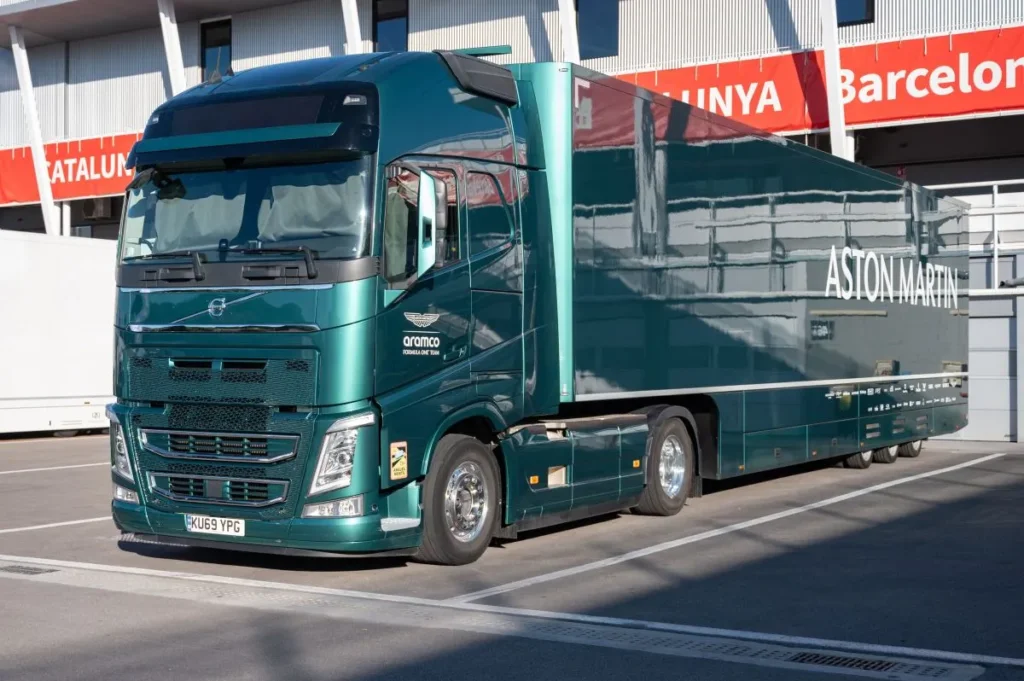According to a statement issued by the port, the EES implementation for coach, freight and foot passengers in October has exceeded expectations. Dover alone accounts for more than 30% of all EES registrations made by French seaports since 12 October, surpassing the intended target for this phase.
The port said close cooperation with French border agencies has been key to the progress achieved so far, helping to streamline new digital border checks and minimise potential disruption for travellers. Both sides intend to maintain this gradual, controlled rollout to avoid major changes before the busy end-of-year travel period.
What the new system means for lorry drivers
The EES replaces manual passport stamping with biometric registration for all non-EU travellers entering the Schengen area. UK professional drivers crossing the Channel will be among those affected.
First-time travellers will need to scan their passport, provide fingerprints, and have a photograph taken to create a digital record. Once registered, the record remains valid for three years or until the passport expires. Subsequent crossings will require only a passport scan and a quick biometric verification.
At Dover, French border officers will carry out these checks before departure. Dedicated UK lanes and reception areas have been prepared for freight drivers, aiming to keep waiting times short.
Children under 12 are exempt from fingerprinting, and drivers with EU passports do not need to register at all.
For a full breakdown of how the EES works, including step-by-step guidance for professional drivers, read our detailed explainer:
EU Entry/Exit System starts 12 October: what UK drivers need to know
Industry still concerned about 90-day rule
As Trans.INFO previously reported, the Road Haulage Association (RHA) has warned that the EES could pose serious challenges for UK hauliers and coach operators unless professional drivers are granted an exemption from the 90-days-in-180-days rule. Without such an arrangement, drivers working regularly in the EU could be forced to interrupt operations once they reach their limit.
The European Commission and UK authorities are still discussing possible easements for professional drivers, while ports such as Dover and Eurotunnel Folkestone continue testing infrastructure and staffing ahead of full implementation in early 2026.









